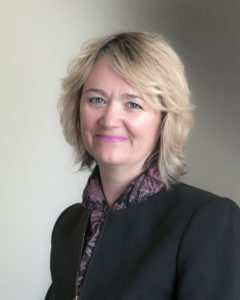 Contrary to what some may feel, equities in retirement is not an oxymoron. If you’re retired or almost so, you may be thinking it’s time to lighten up on your equity exposure.
Contrary to what some may feel, equities in retirement is not an oxymoron. If you’re retired or almost so, you may be thinking it’s time to lighten up on your equity exposure.
The problem with rules of thumb is that some of them get quite dated and nowhere is this more relevant than in the maxim that a retiree’s fixed income exposure should equal their age. (So, the guideline goes, 60 year olds would be 40% in stocks and 90 year olds only 10% in them).
My latest MoneySense Retired Money column looks at this in some depth, via reviews of two books that tackle both the looming North American retirement crisis and this topic of how much equity retiree portfolios should hold. You can find the full article by clicking at the highlighted text: How to Boost Your Returns in Retirement.
As the piece notes, the single biggest fear retirees face is the prospect of outliving your money. Unfortunately, retiring in this second decade of the 21st century poses challenges for just about any healthy person who lacks an inflation-indexed employer-sponsored Defined Benefit (DB) pension plan. We’re living longer and interest rates are still mired near historic lows after nine long years.
The two books surveyed are Falling Short, by Charles Ellis, and Chris Cook’s Slash Your Retirement Risk. I might add that regular Hub contributor Adrian Mastracci twigged me to the Ellis book when he compared and contrasted it to my own co-authored book, Victory Lap Retirement. See Adrian’s review here: Two notable books to guide your “Retirement” journey. Continue Reading…






